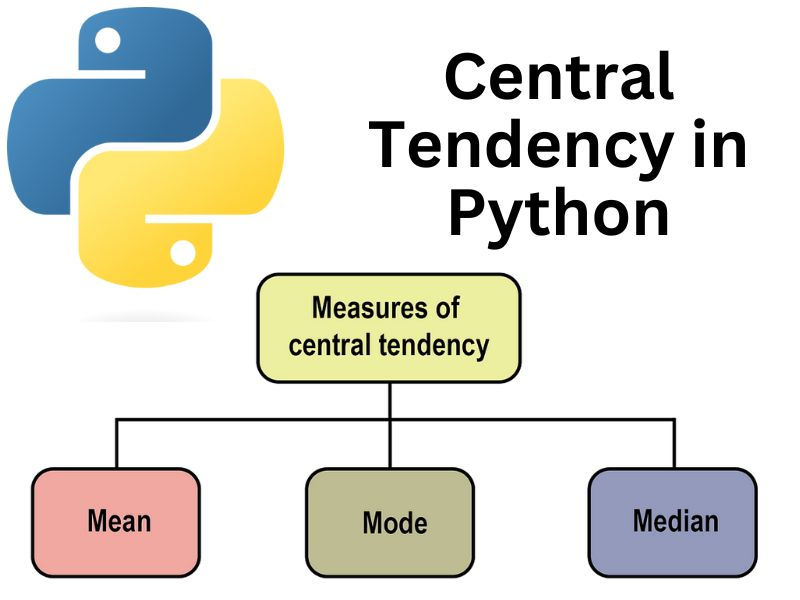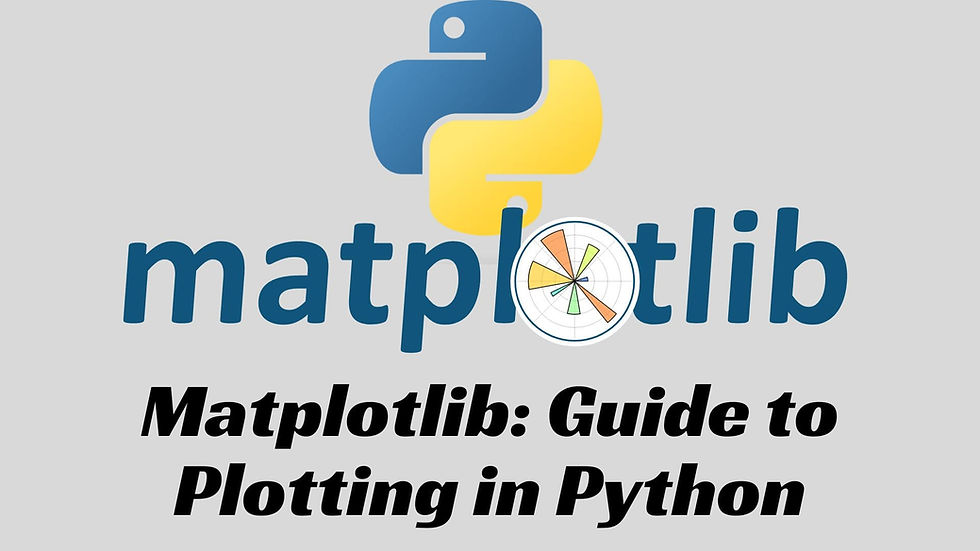Data Deviation and Distribution in Python: A Comprehensive Guide
- offpagework1datatr
- Apr 2, 2024
- 2 min read

In the realm of data analysis and statistics, understanding data deviation and distribution is fundamental. They provide insights into the variability and spread of data, which are crucial for making informed decisions in various fields, including finance, healthcare, and marketing. Python, with its rich ecosystem of libraries like NumPy, SciPy, and Matplotlib, offers powerful tools for analyzing and visualizing data distributions.
Explore the concepts of data deviation and distribution, explore how to compute them using Python, and visualize different types of distributions.
Understanding Data Deviation:
- Data deviation, often referred to as variability or dispersion, measures how spread out the values in a dataset are from the central tendency.
- Common measures of data deviation include variance, standard deviation, and range.
- Variance and standard deviation quantify the average deviation of data points from the mean.
- Range measures the difference between the maximum and minimum values in a dataset.
- Implementing these measures in Python using NumPy to compute deviation statistics for a given dataset.
Exploring Data Distribution:
- Data distribution describes the way values are spread out or distributed across the range of a dataset.
- Common types of data distributions include normal (Gaussian), uniform, binomial, and skewed distributions.
- Each distribution has its own characteristic shape, central tendency, and spread.
- Understanding the properties and applications of different distribution types.
Computing Data Distribution in Python:
- Using Python libraries like NumPy and SciPy to generate data samples from various distributions.
- Exploring functions such as `numpy.random.normal`, `numpy.random.uniform`, and `numpy.random.binomial` to simulate different distributions.
- Computing distribution parameters such as mean, variance, and skewness for generated data.
Also Check out:
Visualizing Data Distribution:
- Visualizing data distributions is essential for gaining insights and communicating findings effectively.
- Utilizing Matplotlib and Seaborn libraries in Python to create histograms, box plots, and density plots for visualizing distributions.
- Customizing plots to emphasize distribution characteristics such as central tendency, spread, and shape.
Real-world Applications:
- Applying knowledge of data deviation and distribution in real-world scenarios.
- Examples from finance, where understanding the distribution of stock returns is crucial for risk management.
- Healthcare applications, such as analyzing the distribution of patient outcomes or medical test results.
- Marketing analytics, where understanding customer purchase behavior distribution informs targeted advertising strategies.
Advanced Topics:
- Advanced techniques for analyzing and modeling complex distributions.
- Kernel density estimation (KDE) for estimating the probability density function of a dataset.
- Fitting distribution models to empirical data using maximum likelihood estimation (MLE) or Bayesian methods.
- Application of machine learning algorithms for clustering and anomaly detection based on data distribution patterns.
Conclusion:
Data deviation and distribution are fundamental concepts in data analysis and statistics, offering insights into the variability and spread of data. Python provides powerful tools for computing, visualizing, and analyzing data distributions, making it a preferred choice for data scientists and analysts. By understanding these concepts and leveraging Python libraries, practitioners can make informed decisions, derive meaningful insights, and extract value from data in various domains.



Comments